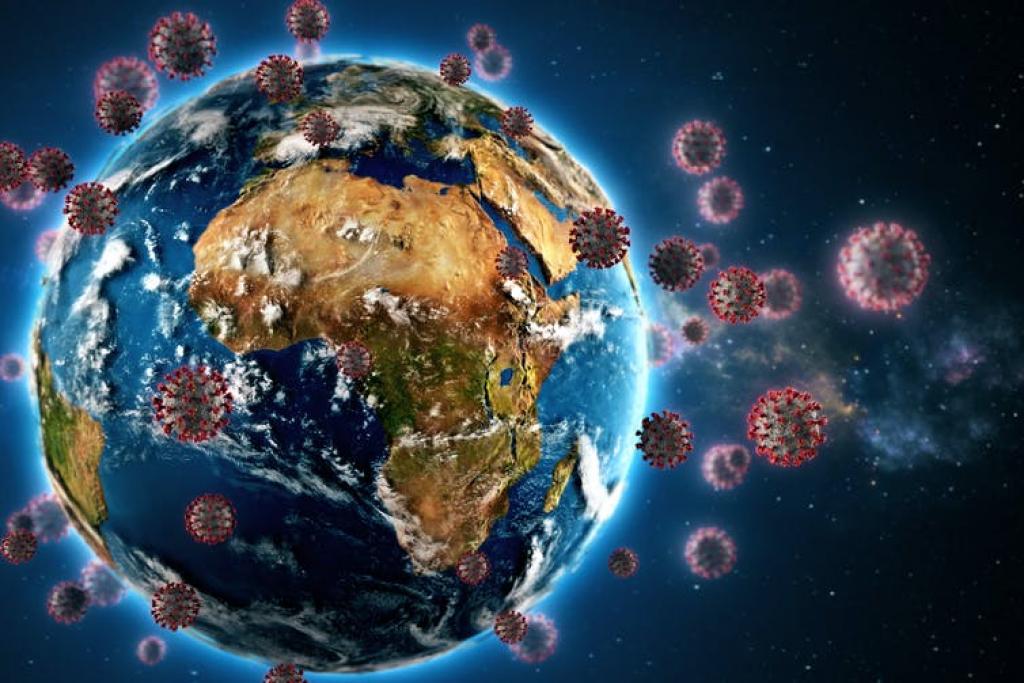According to a World Bank discussion paper, the Indian response to the Covid-19 pandemic was defined by a concerted effort by various departments as well as the involvement of the private sector. The Covid-19 pandemic brought with it a number of challenges, such as a shortage of medical supplies and equipment.
The authors of the discussion paper “India COVID-19 procurement: obstacles, innovations, and lessons” have acknowledged and praised the government of India’s response to the COVID-19 epidemic. The paper closely examines the steps taken by the Government of India (GoI) to guarantee a steady supply of key medical supplies throughout the crucial initial stage of the cholera pandemic, including moves to expand the local market.
Unprecedented demand for lifesaving equipment and severe worldwide supply chain restrictions for crucial COVID commodities resulted in a supplier-driven market with a wide range of prices.
The report claims that the Indian government assumed control of centralised procurement to assist the states and demonstrated extreme flexibility within the bounds of the budgetary and legal constraints that were already in place.
The discussion paper emphasises that COVID-19 caused exceptional shortages of crucial medical equipment and supplies because of the unexpected increase in demand. Given the spatial concentration of production facilities as well as travel constraints, this was further complicated by a complex supply chain environment.
Countries tried wide-ranging approaches, including flexibility in procurement and development of domestic manufacturing to overcome these challenges. Such approaches, however, created new challenges on account of reduced oversight, affecting the quality and long-term sustainability of the augmented domestic manufacturing capacity.
According to World Bank:
The Central Procurement Division (CPD) and Emergency Medical Response (EMR) division of the Ministry of Health and Family Welfare (MOHFW) and the Indian Council of Medical Research (ICMR) led India’s initial efforts to sustain supply chains supported by Hindustan Latex Lifecare Limited (HLL) acting as a procurement agent.
While the CPD primarily focused on the supply of personal protective equipment (PPE), goggles, and N95 masks to safeguard health staff, the ICMR rapidly ramped up testing infrastructure in partnership with the private sector and established a validation mechanism to scale up the availability of COVID testing supplies.
As per the discussion paper, “This led to the development of specific standards, sourcing appropriate raw material, ensuring availability of workforce, and maintaining efficient supply chains to deliver finished products in a timely manner to state governments, according to the assessed need. A whole-of-government approach engaging all key ministries and state governments was followed while ensuring a clear separation of roles and responsibilities of different committees involved in procurement.
To address these issues, nations tried a variety of strategies, such as flexible procurement and the growth of domestic manufacturing. Due to the lack of monitoring imposed by such methods, the quality and long-term viability of the increased local manufacturing capacity were jeopardised.
According to the World Bank, India’s initial efforts to maintain supply chains were led by the Ministry of Health and Family Welfare’s Central Procurement Division (CPD) and Emergency Medical Response (EMR) division, as well as the Indian Council of Medical Research (ICMR) acting as a procurement agent.
The ICMR quickly ramped up testing infrastructure in collaboration with the private sector and established a validation mechanism to scale up the availability of COVID testing supplies while the CPD primarily focused on the supply of personal protective equipment (PPE), goggles, and N95 masks to protect health staff.
According to the discussion paper, “This resulted in the development of specified standards, sourcing suitable raw material, assuring workforce availability, and maintaining efficient supply chains to deliver final products in a timely way to state governments, according to the assessed demand. While ensuring a distinct separation of roles and responsibilities of various committees involved in procurement, a whole-of-government approach was used that included all important ministries and state governments.
Pre-dispatch inspections by competent organisations, including testing of random samples, faster tendering, and handholding the industry all contributed to ensuring the quality of the products.
This strategy not only enabled frontline healthcare workers have better access to these crucial inputs, but it also significantly reduced the cost of these COVID supplies.
N95 masks, for instance, were reduced in price from Rs 250 to Rs 20, while PPE was reduced in price from Rs 700 to Rs 150.
Similar price reductions occurred for RNA extraction kits, ribonucleic acid (RNA) test kits, viral transport media, and RT-PCR test kits, which are used as the gold standard to determine whether a person has COVID infection. These price reductions occurred over the course of six months.
Both the CPD and ICMR made sure that their products were included at the Government e-Marketplace (GeM), which allowed states to place orders directly, once the market had sufficient providers satisfying defined standards.
The report emphasised that one distinctive aspect of India was the active role of the private sector in testing, which made up close to 50% of laboratories and raised additional funds through venture capital to support domestic COVID product manufacturing and create IT-supported innovations for teleconsultation and intensive care unit (ICU) management. However, in order to balance domestic demands with opportunities for local producers on the global market, the long-term effects of market expansion in the globalised supply chains require well calibrated export regulations.
“These measures were supported by the COVID-19 Emergency Response and Health Systems Strengthening Project, which was jointly funded by the World Bank and Asian Infrastructure Investment Bank (AIIB). This support included direct procurement assistance and capacity building.
Also Read: Human tissue models can help in heart attack therapy and diagnosis: Study
The timely availability of COVID goods was ensured during the peak by flexibility in emergency procurement using national processes. During the second wave, Bank Facilitated Procurement (BFP) assisted the timely supply of life-saving oxygen concentrators “said the study.
Follow Medically Speaking on Twitter Instagram Facebook





